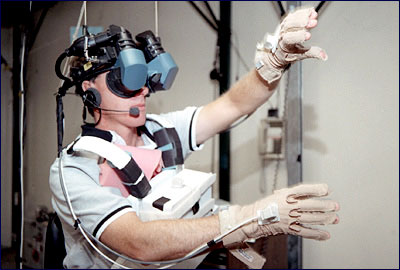The goal of Cause 1 is to save lives in Africa, and we estimate that a good strategy can save a human life for somewhere in the ballpark of $1000. Sounds like an unbelievable deal, right?
Not to everyone. I was recently talking to a Board member and mentioned how much cheaper it seems to be to change/save lives in Africa vs. NYC. He responded, “Yeah, but what kind of life are you saving in Africa? Is that person just going to die of something else the next year?”
I think it’s interesting how (a) completely fair, relevant and important this question is for a donor; (b) how rarely we see questions like this (“Sure I helped someone, but what kind of life did I enable?”) brought up and analyzed. Here’s what we know right now:

 Monday I visited
Monday I visited 
 Elie and I get all the headlines, and the ladies, but GiveWell is a lot more than the two of us. This seems like a good time to thank:
Elie and I get all the headlines, and the ladies, but GiveWell is a lot more than the two of us. This seems like a good time to thank: A favorite saying of foundation people is, “You can’t be afraid to fail. You have to be ready to take bold risks.”
A favorite saying of foundation people is, “You can’t be afraid to fail. You have to be ready to take bold risks.”